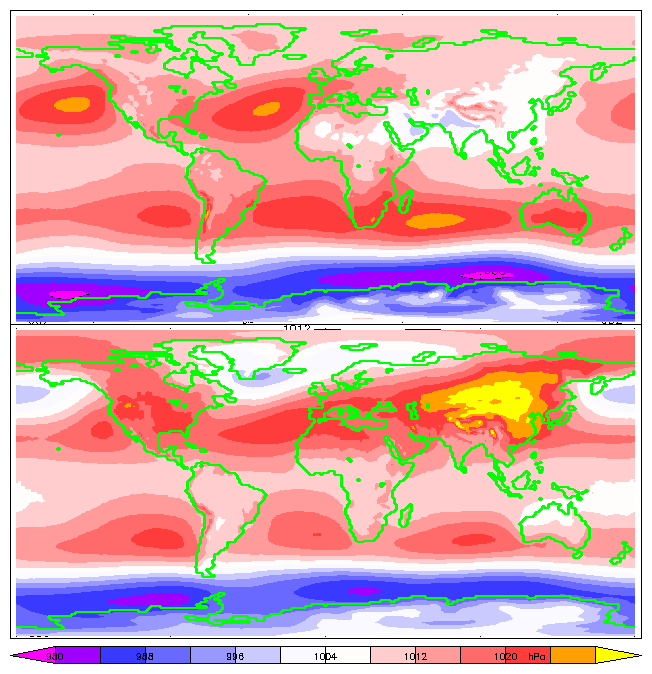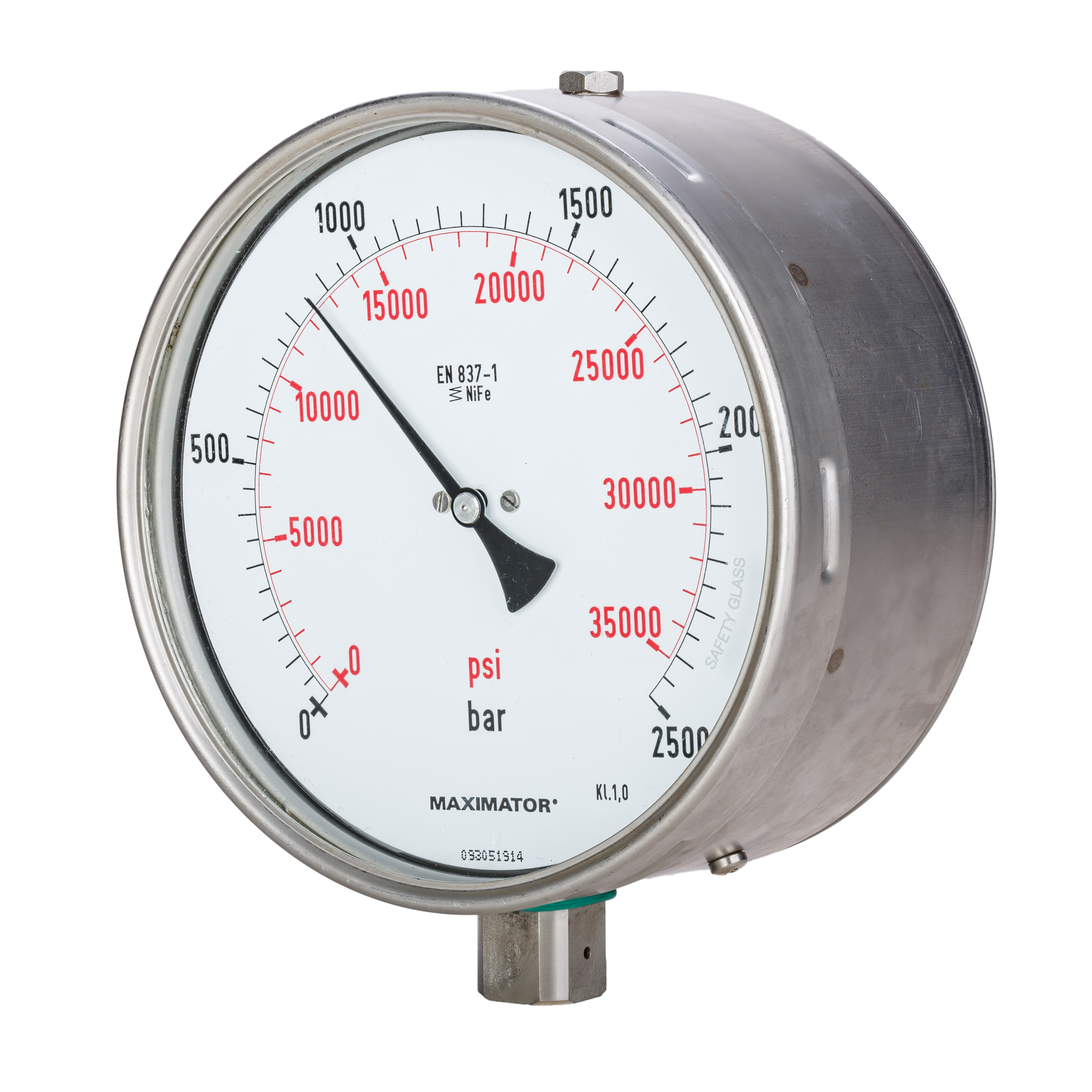|
Millibars
The bar is a metric unit of pressure defined as 100,000 Pa (100 kPa), though not part of the International System of Units (SI). A pressure of 1 bar is slightly less than the current average atmospheric pressure on Earth at sea level (approximately 1.013 bar). By the barometric formula, 1 bar is roughly the atmospheric pressure on Earth at an altitude of 111 metres at 15 °C. The bar and the millibar were introduced by the Norwegian meteorologist Vilhelm Bjerknes, who was a founder of the modern practice of weather forecasting, with the bar defined as one megadyne per square centimetre. The SI brochure, despite previously mentioning the bar, now omits any mention of it.. The bar has been legally recognised in countries of the European Union since 2004.British Standard BS 350:2004 ''Conversion Factors for Units''. The US National Institute of Standards and Technology (NIST) deprecates its use except for "limited use in meteorology" and lists it as ... [...More Info...] [...Related Items...] OR: [Wikipedia] [Google] [Baidu] [Amazon] |
Atmospheric Pressure
Atmospheric pressure, also known as air pressure or barometric pressure (after the barometer), is the pressure within the atmosphere of Earth. The standard atmosphere (symbol: atm) is a unit of pressure defined as , which is equivalent to 1,013.25 millibars, 760 mm Hg, 29.9212 inchesHg, or 14.696 psi.International Civil Aviation Organization. ''Manual of the ICAO Standard Atmosphere'', Doc 7488-CD, Third Edition, 1993. . The atm unit is roughly equivalent to the mean sea-level atmospheric pressure on Earth; that is, the Earth's atmospheric pressure at sea level is approximately 1 atm. In most circumstances, atmospheric pressure is closely approximated by the hydrostatic pressure caused by the weight of air above the measurement point. As elevation increases, there is less overlying atmospheric mass, so atmospheric pressure decreases with increasing elevation. Because the atmosphere is thin relative to the Earth's radius—especially the dense atmospheric layer at low altitu ... [...More Info...] [...Related Items...] OR: [Wikipedia] [Google] [Baidu] [Amazon] |
Pascal (unit)
The pascal (symbol: Pa) is the unit of pressure in the International System of Units (SI). It is also used to quantify internal pressure, stress, Young's modulus, and ultimate tensile strength. The unit, named after Blaise Pascal, is an SI coherent derived unit defined as one newton per square metre (N/m2). It is also equivalent to 10 barye (10 Ba) in the CGS system. Common multiple units of the pascal are the hectopascal (1 hPa = 100 Pa), which is equal to one millibar, and the kilopascal (1 kPa = 1000 Pa), which is equal to one centibar. The unit of measurement called '' standard atmosphere (atm)'' is defined as . Meteorological observations typically report atmospheric pressure in hectopascals per the recommendation of the World Meteorological Organization, thus a standard atmosphere (atm) or typical sea-level air pressure is about 1013 hPa. Reports in the United States typically use inches of mercury or millibars (hectopascals). In Cana ... [...More Info...] [...Related Items...] OR: [Wikipedia] [Google] [Baidu] [Amazon] |
US Customary Units
United States customary units form a system of measurement units commonly used in the United States and most U.S. territories since being standardized and adopted in 1832. The United States customary system developed from English units that were in use in the British Empire before the U.S. became an independent country. The United Kingdom's system of measures evolved by 1824 to create the imperial system (with imperial units), which was officially adopted in 1826, changing the definitions of some of its units. Consequently, while many U.S. units are essentially similar to their imperial counterparts, there are noticeable differences between the systems. The majority of U.S. customary units were redefined in terms of the meter and kilogram with the Mendenhall Order of 1893 and, in practice, for many years before. T.C. Mendenhall, Superintendent of Standard Weights and MeasuresOrder of April 5, 1893, published as Appendix 6 to the Report for 1893 of the United States Co ... [...More Info...] [...Related Items...] OR: [Wikipedia] [Google] [Baidu] [Amazon] |
Pressure
Pressure (symbol: ''p'' or ''P'') is the force applied perpendicular to the surface of an object per unit area over which that force is distributed. Gauge pressure (also spelled ''gage'' pressure)The preferred spelling varies by country and even by industry. Further, both spellings are often used ''within'' a particular industry or country. Industries in British English-speaking countries typically use the "gauge" spelling. is the pressure relative to the ambient pressure. Various #Units, units are used to express pressure. Some of these derive from a unit of force divided by a unit of area; the International System of Units, SI unit of pressure, the Pascal (unit), pascal (Pa), for example, is one newton (unit), newton per square metre (N/m2); similarly, the Pound (force), pound-force per square inch (Pound per square inch, psi, symbol lbf/in2) is the traditional unit of pressure in the imperial units, imperial and United States customary units, US customary systems. Pressure ma ... [...More Info...] [...Related Items...] OR: [Wikipedia] [Google] [Baidu] [Amazon] |
Barye
The barye (symbol: Ba), or sometimes barad, barrie, bary, baryd, baryed, or barie, is the centimetre–gram–second (CGS) unit of pressure. It is equal to 1 dyne per square centimetre. : = = = = = See also *Pascal (unit) *International System of Units The International System of Units, internationally known by the abbreviation SI (from French ), is the modern form of the metric system and the world's most widely used system of measurement. It is the only system of measurement with official s ... References Centimetre–gram–second system of units Units of pressure {{measurement-stub ... [...More Info...] [...Related Items...] OR: [Wikipedia] [Google] [Baidu] [Amazon] |
Deprecated
Deprecation is the discouragement of use of something human-made, such as a term, feature, design, or practice. Typically something is deprecated because it is claimed to be inferior compared to other options available. Something may be deprecated when it cannot be controlled, such as a term. Even when it can be controlled, something may be deprecated even when it might be useful for example, to ensure compatibility and it may be removed or discontinued at some time after being deprecated. Etymology In general English usage, the verb "to deprecate" means "to express disapproval of (something)". It derives from the Latin deponent verb ''deprecari'', meaning "to ward off (a disaster) by prayer". An early documented usage of "deprecate" in this sense is in Usenet posts in 1984, referring to obsolete features in 4.2BSD and the C programming language. An expanded definition of "deprecate" was cited in the Jargon File in its 1991 revision, and similar definitions are found in ... [...More Info...] [...Related Items...] OR: [Wikipedia] [Google] [Baidu] [Amazon] |
Meteorology
Meteorology is the scientific study of the Earth's atmosphere and short-term atmospheric phenomena (i.e. weather), with a focus on weather forecasting. It has applications in the military, aviation, energy production, transport, agriculture, construction, weather warnings and disaster management. Along with climatology, atmospheric physics and atmospheric chemistry, meteorology forms the broader field of the atmospheric sciences. The interactions between Earth's atmosphere and its oceans (notably El Niño and La Niña) are studied in the interdisciplinary field of hydrometeorology. Other interdisciplinary areas include biometeorology, space weather and planetary meteorology. Marine weather forecasting relates meteorology to maritime and coastal safety, based on atmospheric interactions with large bodies of water. Meteorologists study meteorological phenomena driven by solar radiation, Earth's rotation, ocean currents and other factors. These include everyday ... [...More Info...] [...Related Items...] OR: [Wikipedia] [Google] [Baidu] [Amazon] |
International Astronomical Union
The International Astronomical Union (IAU; , UAI) is an international non-governmental organization (INGO) with the objective of advancing astronomy in all aspects, including promoting astronomical research, outreach, education, and development through global cooperation. It was founded on 28 July 1919 in Brussels, Belgium and is based in Paris, France. The IAU is composed of individual members, who include both professional astronomers and junior scientists, and national members, such as professional associations, national societies, or academic institutions. Individual members are organised into divisions, committees, and working groups centered on particular subdisciplines, subjects, or initiatives. the Union had 85 national members and 12,734 individual members, spanning 90 countries and territories. Among the key activities of the IAU is serving as a forum for scientific conferences. It sponsors nine annual symposia and holds a triannual General Assembly that sets policy ... [...More Info...] [...Related Items...] OR: [Wikipedia] [Google] [Baidu] [Amazon] |
SI Derived Unit
SI derived units are units of measurement derived from the seven SI base units specified by the International System of Units (SI). They can be expressed as a product (or ratio) of one or more of the base units, possibly scaled by an appropriate power of exponentiation (see: Buckingham π theorem). Some are dimensionless, as when the units cancel out in ratios of like quantities. SI coherent derived units involve only a trivial proportionality factor, not requiring conversion factors. The SI has special names for 22 of these coherent derived units (for example, hertz, the SI unit of measurement of frequency), but the rest merely reflect their derivation: for example, the square metre (m2), the SI derived unit of area; and the kilogram per cubic metre (kg/m3 or kg⋅m−3), the SI derived unit of density. The names of SI coherent derived units, when written in full, are always in lowercase. However, the symbols for units named after persons are written with an uppercase ... [...More Info...] [...Related Items...] OR: [Wikipedia] [Google] [Baidu] [Amazon] |
Usage
The usage of a language is the ways in which its written and spoken variations are routinely employed by its speakers; that is, it refers to "the collective habits of a language's native speakers", as opposed to idealized models of how a language works (or should work) in the abstract. For instance, Fowler characterized usage as "the way in which a word or phrase is normally and correctly used" and as the "points of grammar, syntax, style, and the choice of words." In everyday usage, language is used differently, depending on the situation and individual. Individual language users can shape language structures and language usage based on their community. In the descriptive tradition of language analysis, by way of contrast, "correct" tends to mean functionally adequate for the purposes of the speaker or writer using it, and adequately idiomatic to be accepted by the listener or reader; usage is also, however, a concern for the prescriptive tradition, for which "correctness" i ... [...More Info...] [...Related Items...] OR: [Wikipedia] [Google] [Baidu] [Amazon] |
Pressure Measurement
Pressure measurement is the measurement of an applied force by a fluid (liquid or gas) on a surface. Pressure is typically measured in units of force per unit of surface area. Many techniques have been developed for the measurement of pressure and vacuum. Instruments used to measure and display pressure mechanically are called pressure gauges, vacuum gauges or compound gauges (vacuum & pressure). The widely used Bourdon gauge is a mechanical device, which both measures and indicates and is probably the best known type of gauge. A vacuum gauge is used to measure pressures lower than the ambient atmospheric pressure, which is set as the zero point, in negative values (for instance, −1 bar or −760 mmHg equals total vacuum). Most gauges measure pressure relative to atmospheric pressure as the zero point, so this form of reading is simply referred to as "gauge pressure". However, anything greater than total vacuum is technically a form of pressure. For very low pres ... [...More Info...] [...Related Items...] OR: [Wikipedia] [Google] [Baidu] [Amazon] |






